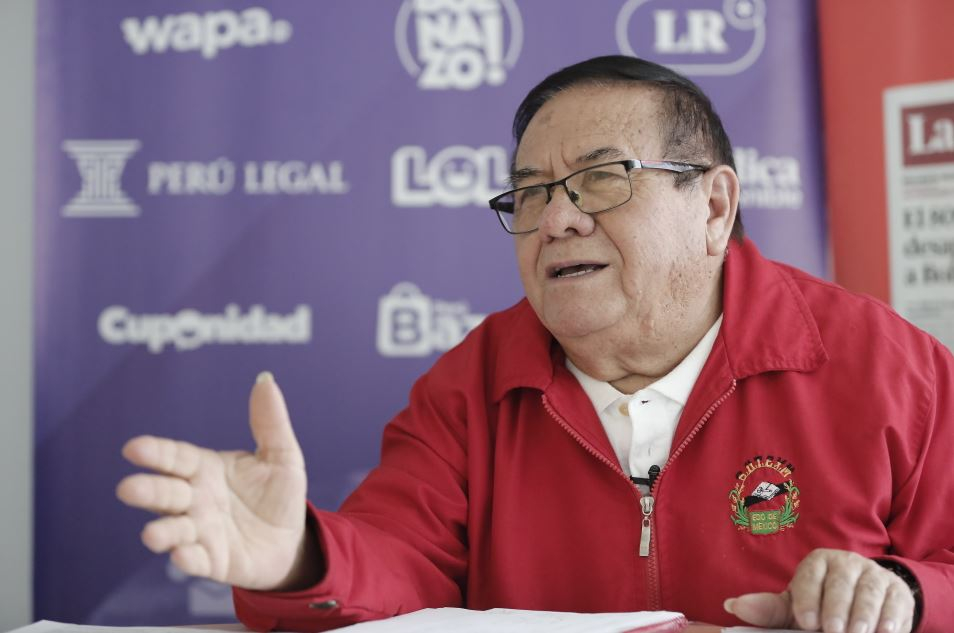
Winston Huaman —General Secretary of the Intersectoral Confederation of State Workers of Peru – CITE, has seen how several governments have set aside salary increases for state workers: only during the Government of Pedro Castillo was the collective bargaining law materialized. This time, they will receive an increase of S/100. It is not what they expected, but progress is being made, according to the vice president of the CGTP.
What lessons does the latest collective bargaining process offer?
We have dedicated nearly 40 years to this struggle. We achieved the collective bargaining law and it was necessary to go as far as the Constitutional Court to approve it. Before it was a de facto agreement, but now with the law social dialogues are proposed to avoid conflicts and thus there is labor peace.
What improvements were achieved?
The essential thing is the increase in fiscal space to 825 million soles. In simple terms, a fresh 100 soles will be given to all state workers: whether they are in regime 276 or 728, including those who are under the Servir law or workers in penitentiary centers or diplomatic offices.
How does the salary increase benefit state employees?
Income is one thing, and compensation with compensatory value is another. For example, I openly say that I receive between 2,500 and 2,800 soles as a monthly income. That is my salary and it will be useful when I leave soon: I receive S/1,227 as an administrative technician and from there the pension is calculated according to the regime in which I participate. With the claim, I stopped receiving S/820 and now have S/1,227.
So, there will no longer be state employees with incomes below the minimum wage…
That’s right. The improvement is more noticeable in those of regime 276, who have been the most affected in all these years. The increase of 100 soles is applied to another remunerative concept: the BET, Extraordinary Temporary Benefit that is in another pocket: 200 soles will be taken from there and will go to the Single Consolidated Amount (MUC): which will vary between S/1,157 and S/1,367. There is an understanding that we welcome and it is not that we are 100% satisfied, but, in some way, we are happy with the progress that has been made, since it covers an accumulated debt of all governments towards state workers.
What other benefits have been added?
We will have a bonus of 200 soles, which I consider to be “nice”, because last year President Boluarte gave us 600 soles. They have persuaded us and tried to convince us that the crisis affects the budget for 2025, but our economic advisor, in line with the MEF, allowed us to reach an agreement. In addition, appointments were stopped until 2020 and now it has been achieved that those who enter through public competition 276, and have already been there for more than three years, will be able to be appointed.
The fiscal space for the increase was raised to 825 million. Does this not violate fiscal stability?
Fiscal space is respected and we hope that it will increase a little further in the 2025 budget.
Is the National Labor Council working well?
We are in favour of social dialogue, but that does not happen in the National Labour Council. It is difficult, and we always find a wall where employers and the State are together.
Is there a genuine rapprochement from the Government?
Minister José Arista did not participate, but his deputy minister of Finance did, and we closed the agreement with the Prime Minister (Gustavo Adrianzén). I would say that they are fulfilling their duty and respecting the law.
What comes next after centralized collective bargaining?
The regions have until July 15 to negotiate the law on decentralized collective bargaining. Here, for example, it will be possible to negotiate a consumer voucher or a remuneration with an economic impact.
Source: Larepublica
Alia is a professional author and journalist, working at 247 news agency. She writes on various topics from economy news to general interest pieces, providing readers with relevant and informative content. With years of experience, she brings a unique perspective and in-depth analysis to her work.












